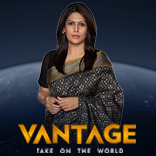Today, March 26, is one of the most important days in human history.
It was on this day in 1953 that Dr Jonas Salk announced that he had successfully developed a cure for polio.
On March 26, 1971, Bangladesh under Sheikh Mujibur Rahman declared its independence from Pakistan.
On this day in 1995, the Schengen Agreement came into force – erasing borders in much of Europe.
If you are a history geek who loves to learn about important events from the past, Firstpost Explainers’ ongoing series, History Today will be your one-stop destination to explore key events.
Let’s take a closer look:
Dr Salk announces vaccine for Polio
As per History.com, in 1952, there were tens of thousands of cases of polio around the world – 58,000 in the US alone.
The disease impacted the nervous system impacted many children and left them unable to walk.
But children weren’t the only ones who suffered from polio.
Years earlier, US president Franklin D Roosevelt was diagnosed with the disease and left partially paralysed.
Salk, who was born in 1914 in New York, began studying viruses in the 1930s.
He helped create flu vaccines during World War II.
Given a grant to research the polio virus in 1948, he had an early form of the vaccine prepared by 1950.
Salk tried the vaccine on himself, his family, and former patients before making his announcement.
By 1955, the vaccine was available across America.
By 1957, the figure was under 6,000.
Today, there are zero polio cases in the United States.
India too was certified polio-free by the World Health Organisation in 2014.
Today, Salk is known as a great figure in history and a humanitarian.
Bangladesh declares Independence
On March 26, 1971, the Awami League leaders set up a government-in-exile in India and declared Bangladesh as an independent nation.
This came after a series of tumultuous events the previous year.
In 1970, dictator Yahya Khan, who was president of Pakistan, declared elections.
The Awami League under Mujibur Rahman triumphed in what was then known as east Pakistan.
Mujib’s party won a scarcely believable 167 or 169 seats.
In West Pakistan, Zulfikar Ali Bhutto’s Pakistan People’s Party won 81 of 144 seats.
It was the Awami League who had the majority in the Assembly – and thus the right to form the government.
But Khan wasn’t about to let the balance of power shift.
Instead, Khan delayed the convening of the National Assembly and sent troops in to East Pakistan.
Mujib was arrested and sent to West Pakistan.
“The 1970 elections were a free and fair one, but the Awami League was denied its right,” Swedish political scientist Ishtiaq Ahmed was quoted as saying by India Today.
Meanwhile, the Pakistan military launched a brutal crackdown in East Pakistan – killing students, teachers, intellectuals, and artists.
Finally, on March 26, 1971, Mujibur sent the falling message by Telegram, “This may be my last message, from today Bangladesh is independent. I call upon the people of Bangladesh wherever you might be and with whatever you have, to resist the army of occupation to the last. Your fight must go on until the last soldier of the Pakistan occupation army is expelled from the soil of Bangladesh and final victory is achieved.”
The message, which was spread far and wide, became a clarion call for the masses to rise up against Pakistan – which was ultimately defeated with help from India.
Schengen Agreement
The Schengen Visa allows holders to travel freely within the Schengen area – which comprises most of Europe.
But it wasn’t always this way.
It was initially approved by France, Germany, Belgium, the Netherlands and Luxembourg in 1985.
Then, on March 26, 1995, Italy, Spain, Portugal, and Greece had joined the agreement.
These countries, soon to be joined by Austria, Denmark, Finland, Iceland, Norway, and Sweden, opened their borders and eased travel.
It has since become the largest free travel area in the world.
Around 3.5 million people cross an internal border each day, and more than 420 million people live within the Schengen area.
It currently encompasses 29 European nations.
But all may not be well.
Several Schengen member countries, including the Netherlands, Austria and Germany, this year reinstated some land border checks over concerns ranging from migration to security.
Some EU officials warned the re-imposed checks could undermine the scheme’s goals.
Watch this space for more.
This Day, That Year
1874: American playwright and poet Robert Front is born
1941: Biologist Richard Dawkins, author of the God Delusion, is born
1979: Egypt and Israel sign a peace treaty – bringing to end a long-running war
2000: Vladimir Putin is elected president of Russia


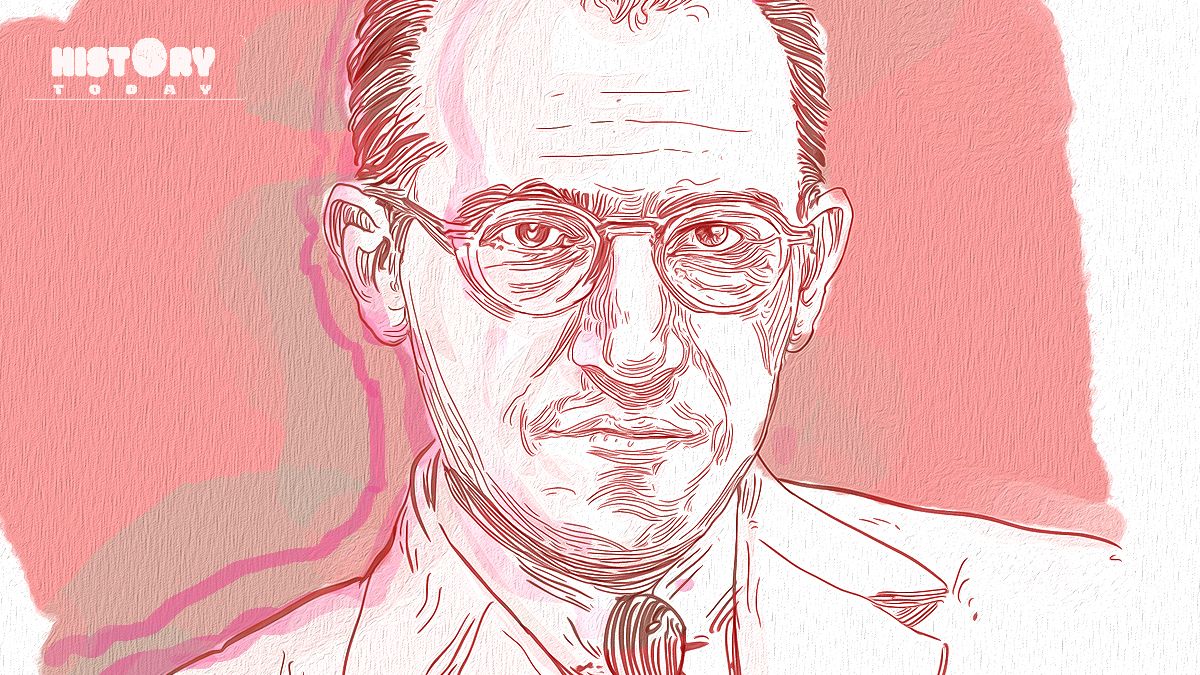)
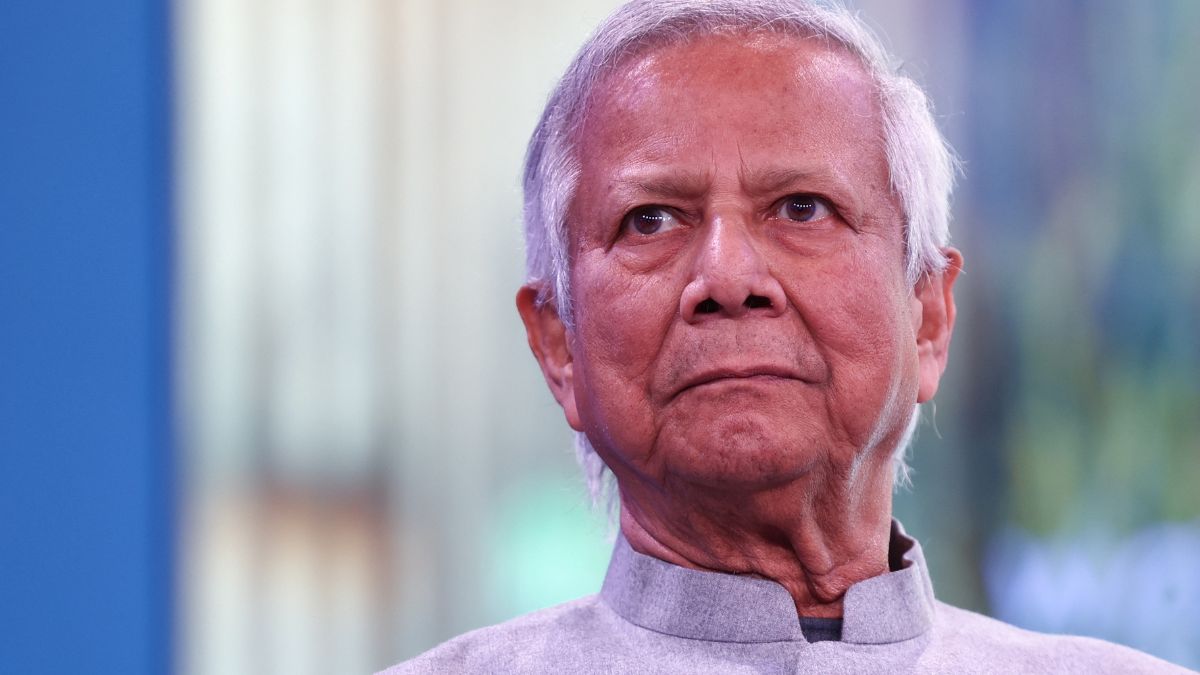)
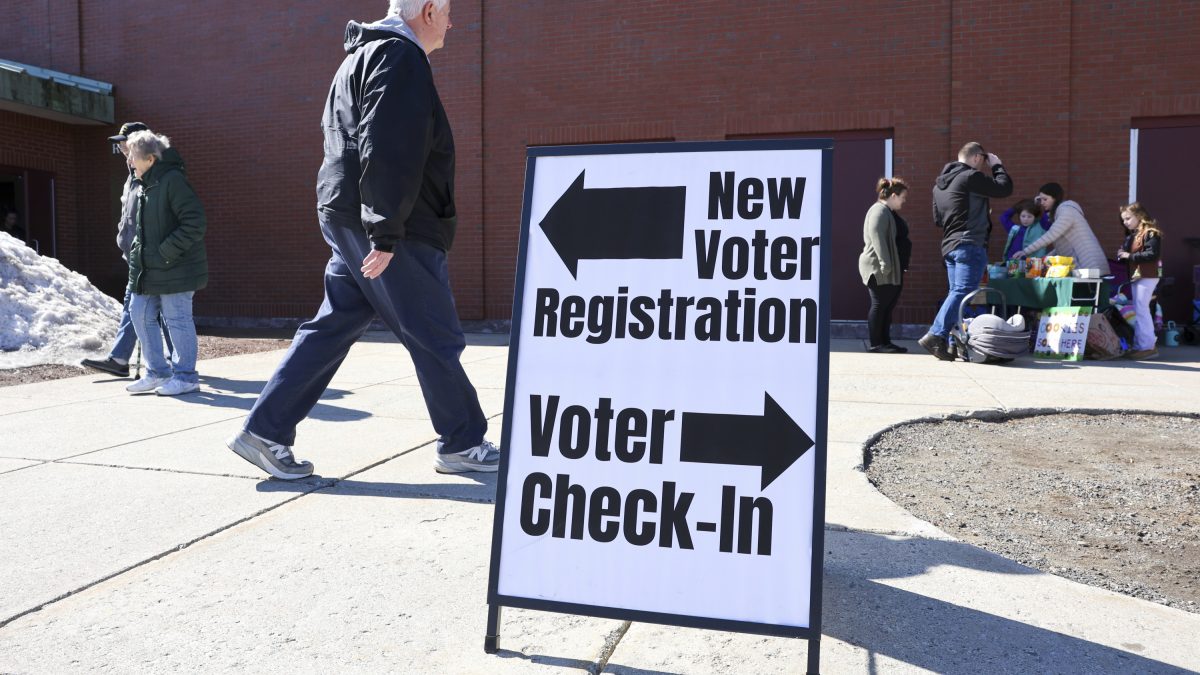)
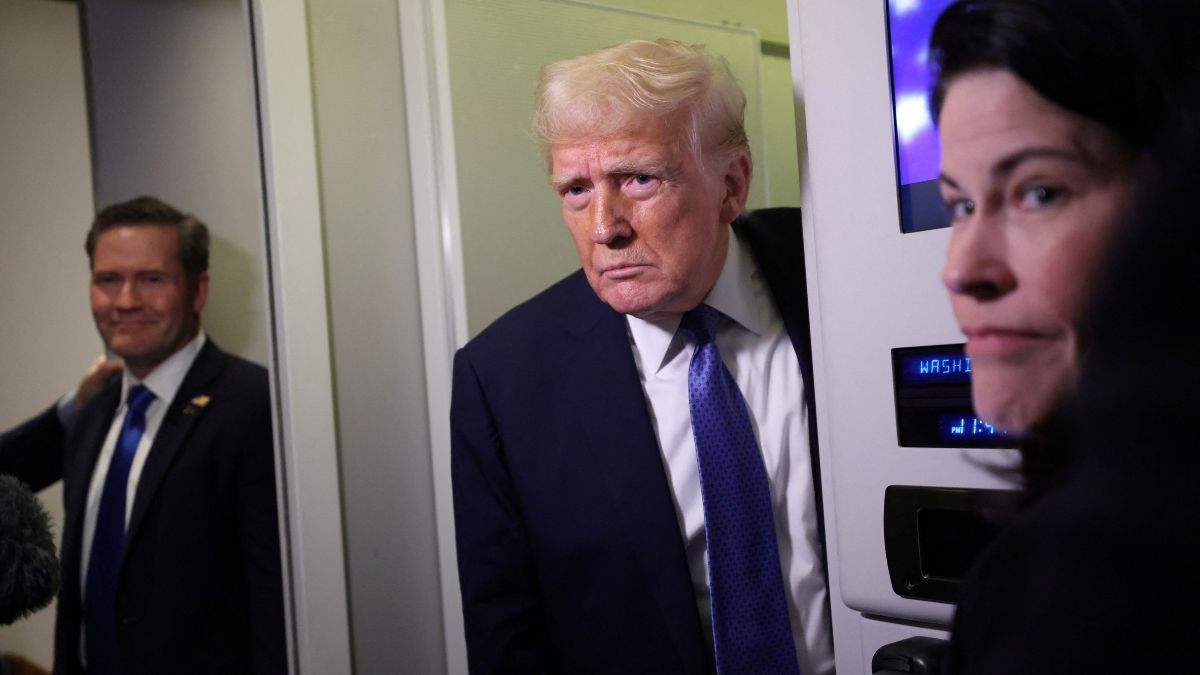)
)
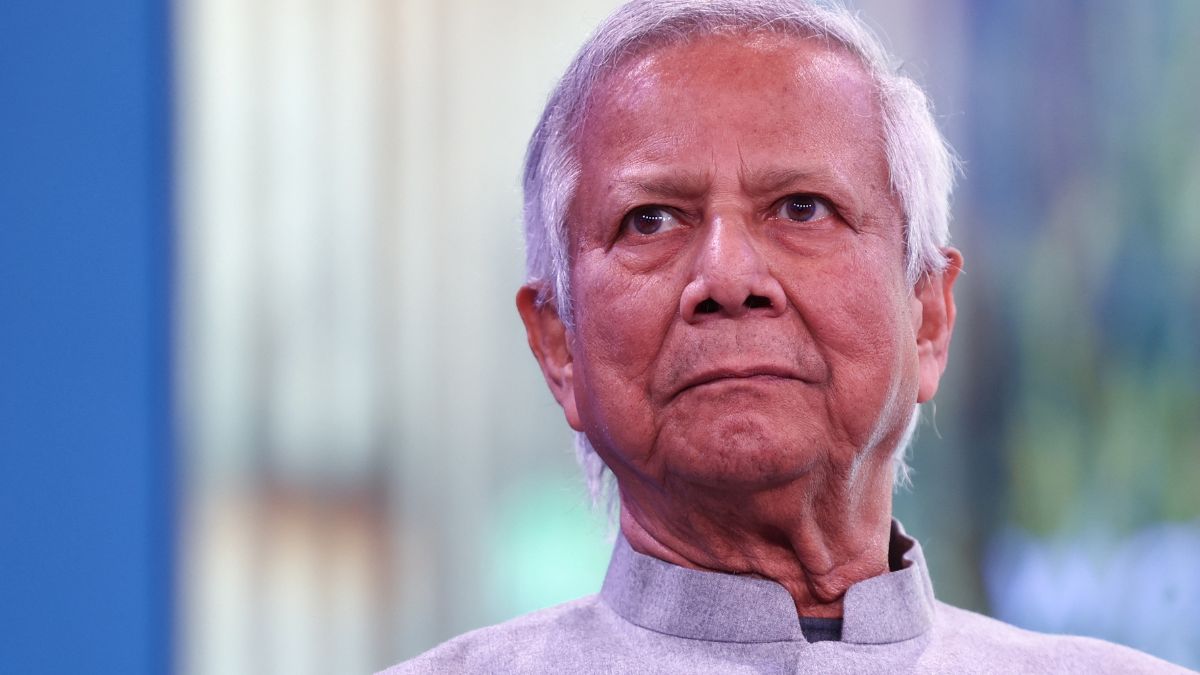)
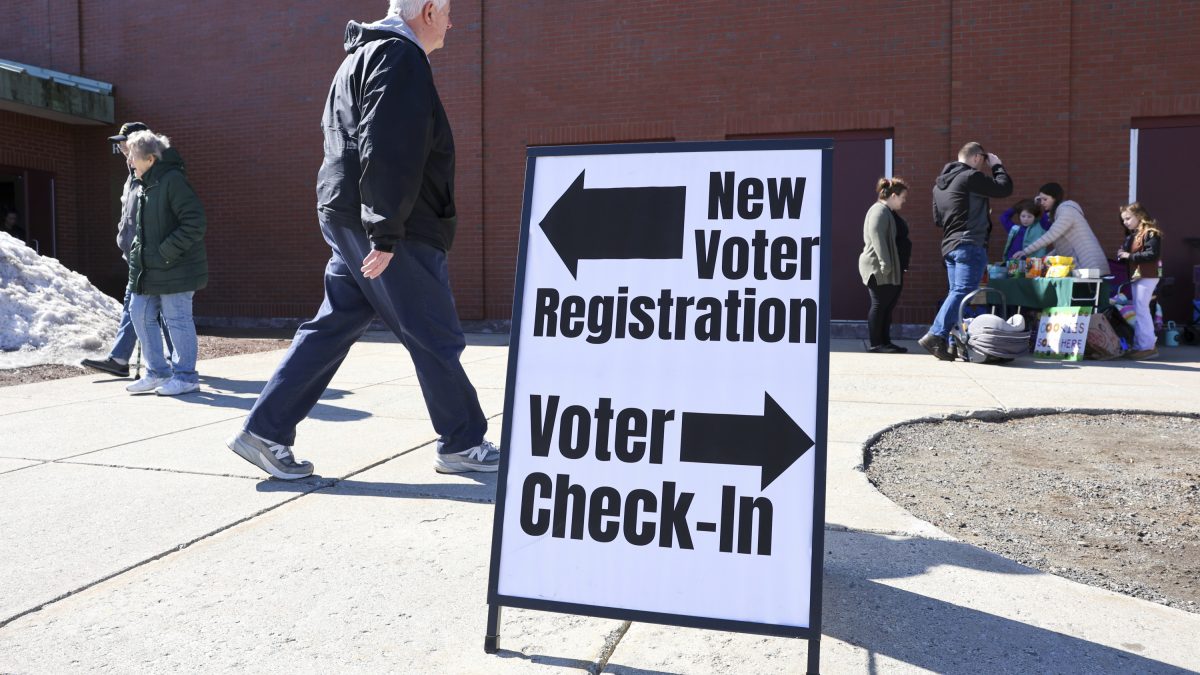)
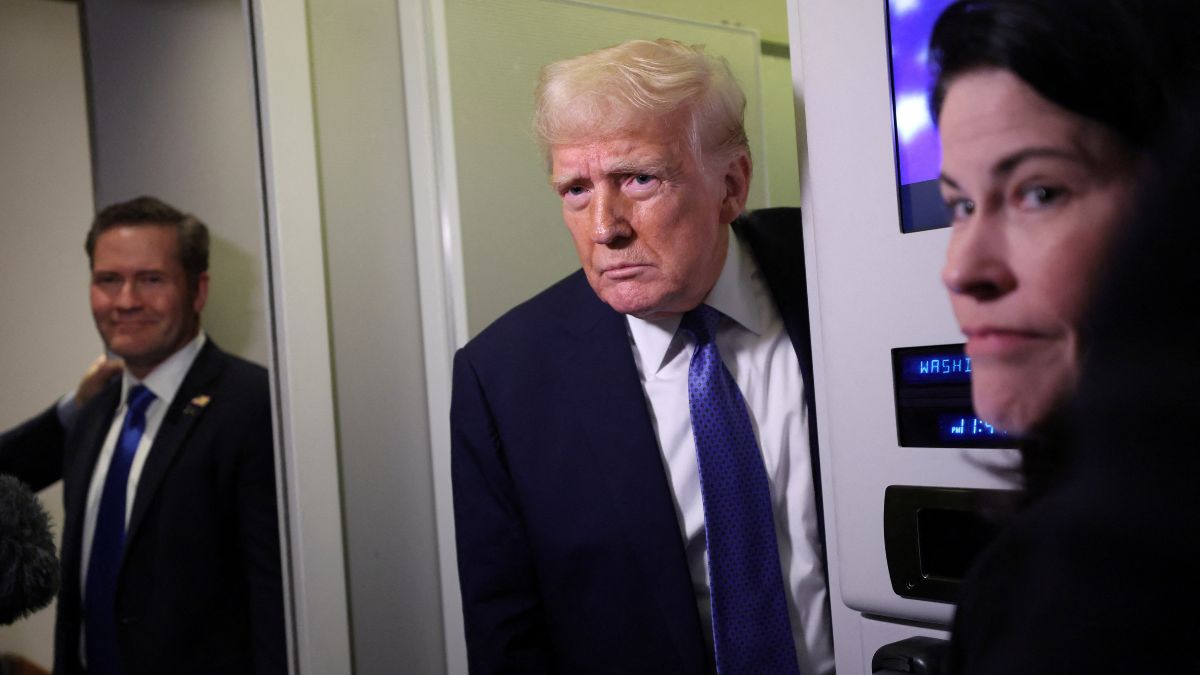)
)
